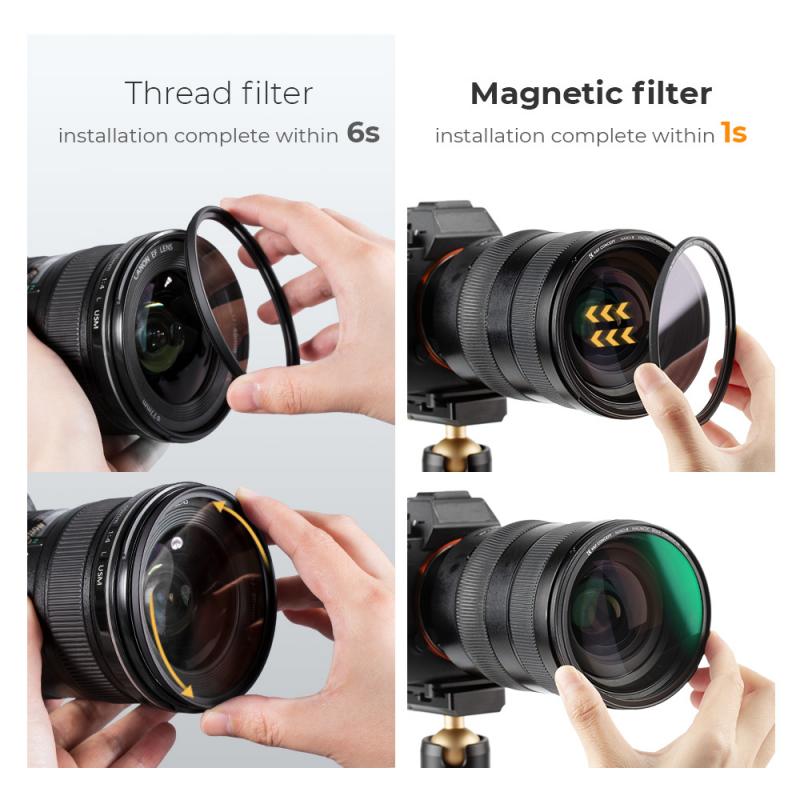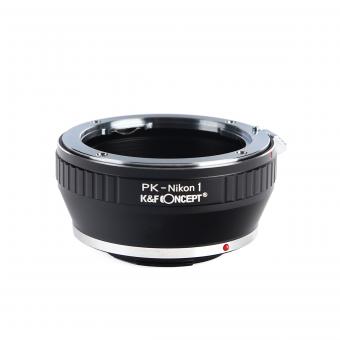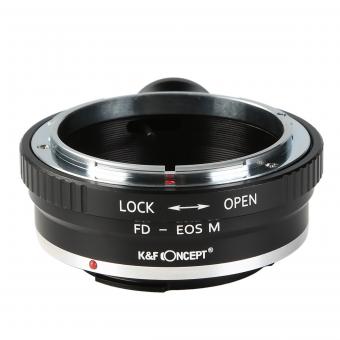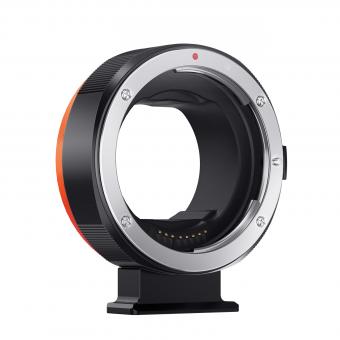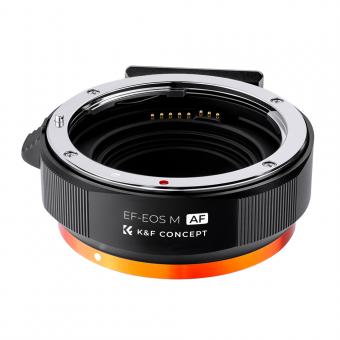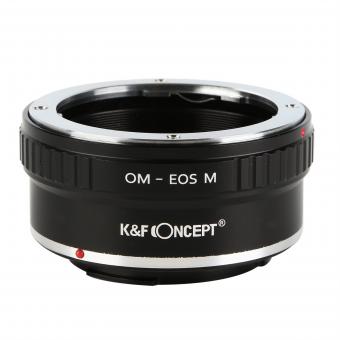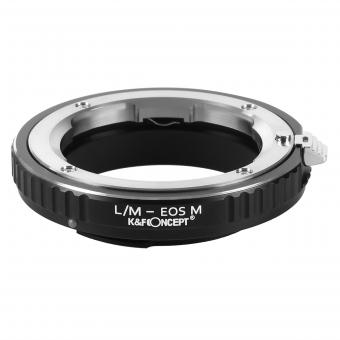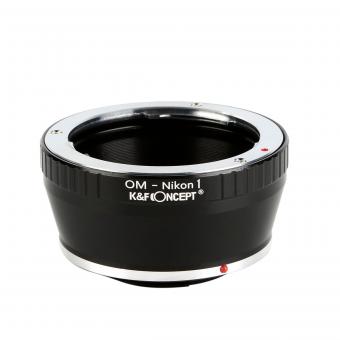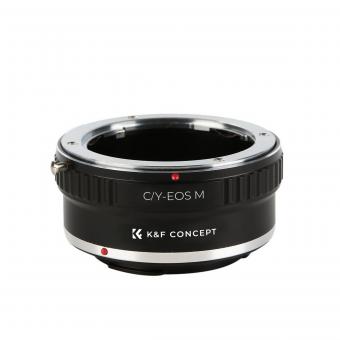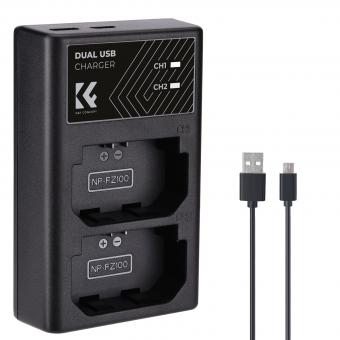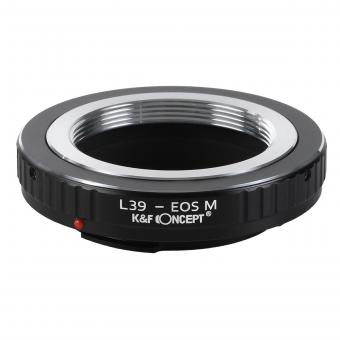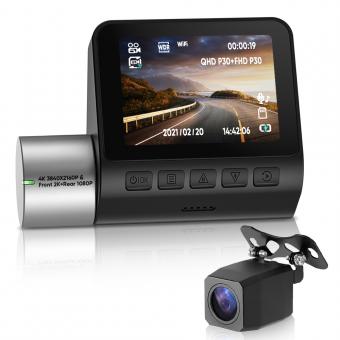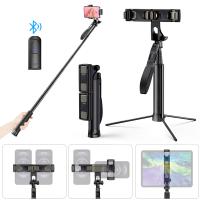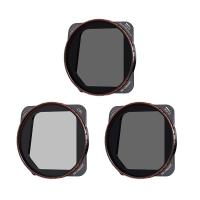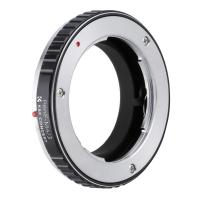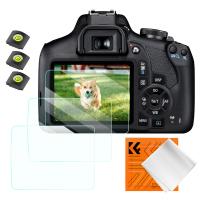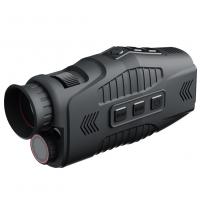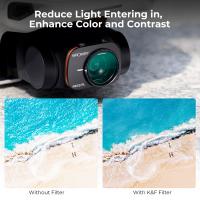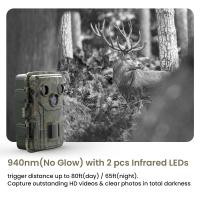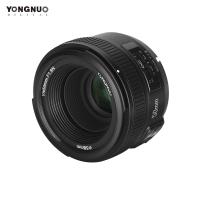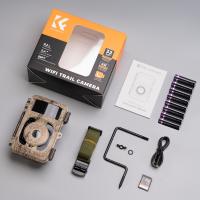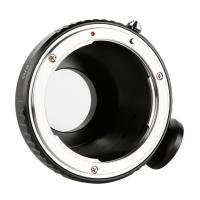How To Carry Mirrorless Camera ?
To carry a mirrorless camera, you can use a camera bag or a camera strap. Camera bags are designed specifically to hold and protect cameras, lenses, and other accessories. Look for a bag that has padded compartments to keep your camera and lenses safe from bumps and scratches. Some camera bags also have additional pockets for storing memory cards, batteries, and other small accessories.
Alternatively, you can use a camera strap to carry your mirrorless camera. Most cameras come with a strap that you can attach to the camera's body. This allows you to hang the camera around your neck or across your shoulder, keeping it easily accessible while leaving your hands free. Make sure to adjust the strap to a comfortable length and ensure that it is securely attached to the camera.
Remember to always handle your mirrorless camera with care and avoid exposing it to extreme temperatures or moisture.
1、 Choosing the right camera bag for mirrorless camera transportation
Choosing the right camera bag for mirrorless camera transportation is essential to ensure the safety and convenience of your gear. Mirrorless cameras are known for their compact size and lightweight design, making them a popular choice among photographers. However, it is still important to protect them from potential damage during transportation.
When it comes to carrying a mirrorless camera, there are a few options to consider. One option is to use a dedicated camera bag specifically designed for mirrorless cameras. These bags often have customizable compartments and padding to securely hold your camera body, lenses, and accessories. They also provide easy access to your gear, allowing you to quickly grab your camera when needed.
Another option is to use a camera insert or padded sleeve that can be placed inside a regular backpack or messenger bag. This provides a more discreet and versatile way to carry your mirrorless camera, as it doesn't scream "camera bag" to potential thieves. However, it is important to ensure that the insert or sleeve provides adequate protection for your gear.
In recent years, sling bags have gained popularity among mirrorless camera users. These bags feature a single strap that can be worn across the body, allowing for quick access to your camera without having to take the bag off. Sling bags are often compact and lightweight, making them a great option for photographers on the go.
Ultimately, the choice of camera bag for mirrorless camera transportation depends on your personal preferences and needs. Consider factors such as the amount of gear you typically carry, the level of protection required, and your preferred style of carrying. It is also worth considering the latest advancements in camera bag technology, such as anti-theft features and weather resistance, to ensure the safety of your gear in all conditions.
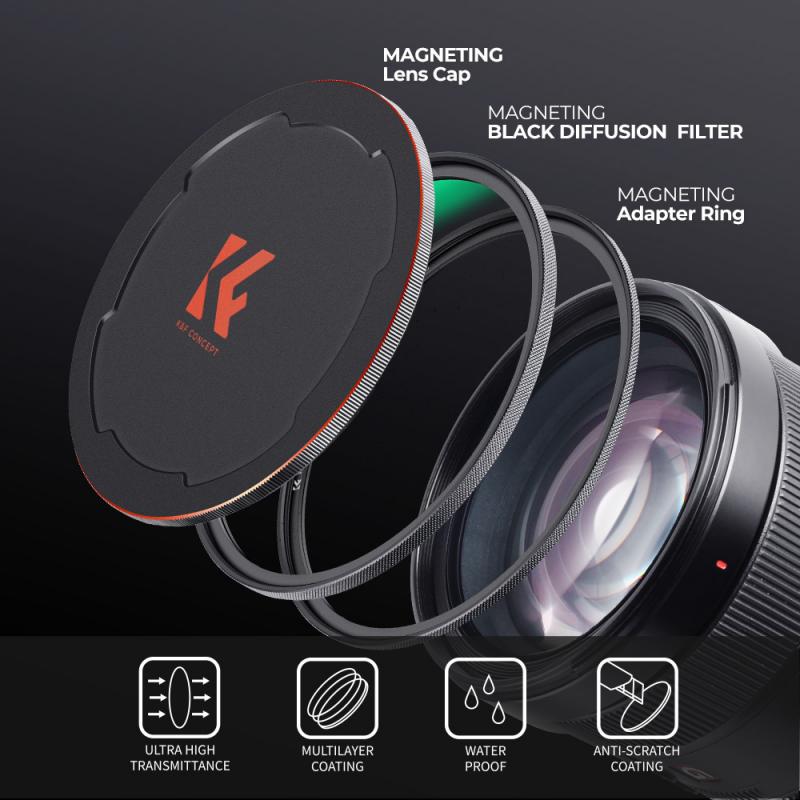
2、 Utilizing camera straps and harnesses for secure carrying
Utilizing camera straps and harnesses for secure carrying is one of the most popular and effective ways to carry a mirrorless camera. These accessories provide stability, comfort, and ease of use, ensuring that your camera is securely attached to your body while allowing quick access for capturing those spontaneous moments.
Camera straps come in various designs and materials, offering different levels of comfort and functionality. The most common type is the neck strap, which is worn around the neck, allowing the camera to hang at chest level. This is a convenient option for quick access to the camera, but it can cause strain on the neck and shoulders over extended periods.
Another popular option is the shoulder strap, which is worn diagonally across the body. This distributes the weight of the camera more evenly and provides better stability. Some shoulder straps also feature additional padding or ergonomic designs for added comfort.
For those who prefer a hands-free approach, camera harnesses are an excellent choice. These harnesses distribute the weight of the camera across the shoulders and back, similar to a backpack. They often have multiple attachment points, allowing you to carry additional gear such as lenses or accessories.
In recent years, there has been a rise in innovative camera strap designs that cater specifically to mirrorless cameras. These straps are often lighter and more compact, reflecting the smaller size and weight of mirrorless camera systems. They may also feature quick-release mechanisms or adjustable lengths for added convenience.
When choosing a camera strap or harness, it is essential to consider factors such as comfort, durability, and ease of use. Additionally, it is crucial to ensure that the strap or harness is compatible with your specific mirrorless camera model.
Overall, utilizing camera straps and harnesses for secure carrying is an excellent way to protect your mirrorless camera while keeping it easily accessible. With the latest advancements in strap designs, photographers can now enjoy both comfort and functionality, making their shooting experience more enjoyable and efficient.
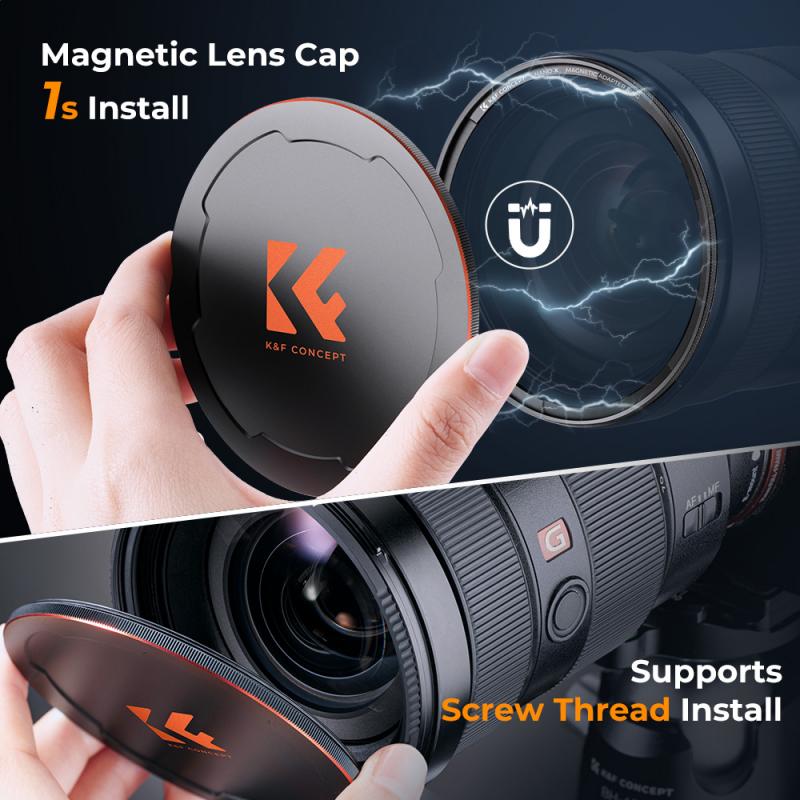
3、 Safely packing and protecting your mirrorless camera during travel
Safely packing and protecting your mirrorless camera during travel is essential to ensure its longevity and functionality. Here are some tips on how to carry your mirrorless camera securely:
1. Invest in a quality camera bag: Look for a bag specifically designed for mirrorless cameras, with padded compartments and adjustable dividers to keep your camera and lenses snug and secure. Opt for a bag with water-resistant material to protect against unexpected weather conditions.
2. Use a camera strap: Attach a sturdy camera strap to your mirrorless camera to prevent accidental drops. Look for a strap with a comfortable design and adjustable length to suit your preferences.
3. Remove the lens: When packing your camera in a bag, it's advisable to detach the lens to minimize the risk of damage. Place a lens cap on both the camera body and lens to protect them from dust and scratches.
4. Pack extra batteries and memory cards: Always carry spare batteries and memory cards to avoid running out of power or storage space during your travels. Keep them in a separate compartment of your camera bag for easy access.
5. Consider a protective case: If you're traveling to a particularly rugged or unpredictable environment, consider investing in a protective case for your mirrorless camera. These cases offer additional shock absorption and weather resistance.
6. Be mindful of temperature changes: Extreme temperatures can affect the performance of your camera. Avoid leaving it in direct sunlight or in a cold car trunk for extended periods. Allow your camera to acclimate to the new temperature gradually before use.
7. Insure your camera: Consider getting insurance coverage for your mirrorless camera, especially if you're traveling with expensive equipment. This will provide financial protection in case of theft, loss, or damage.
Remember, each camera model may have specific recommendations from the manufacturer, so it's always a good idea to consult the user manual for any additional guidelines. By following these tips, you can ensure the safety and longevity of your mirrorless camera during your travels.
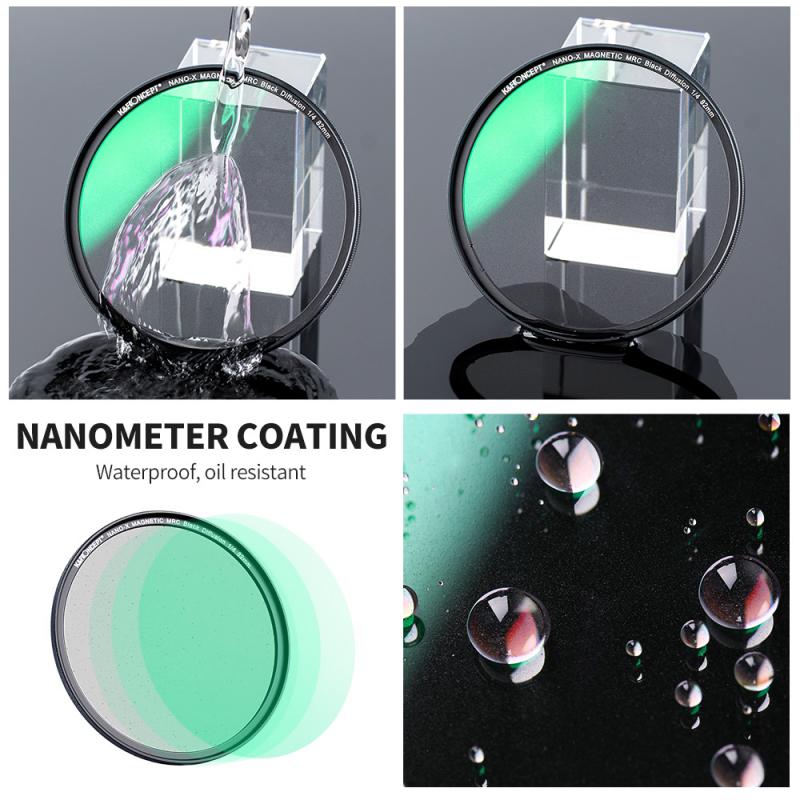
4、 Exploring compact and lightweight tripod options for mirrorless cameras
Exploring compact and lightweight tripod options for mirrorless cameras is essential for photographers who prioritize portability and convenience. Mirrorless cameras are known for their compact size and lightweight design, making them a popular choice for travel and outdoor photography. Therefore, it is crucial to find a tripod that complements the camera's characteristics.
When it comes to carrying a mirrorless camera, there are a few options to consider. Firstly, a camera strap is a simple and effective way to carry the camera around your neck or across your body. This allows for quick access and keeps the camera secure while on the move. Additionally, camera bags or backpacks with dedicated compartments for mirrorless cameras provide protection and organization for both the camera body and lenses.
Now, let's delve into tripod options specifically designed for mirrorless cameras. One popular choice is a tabletop tripod, which is compact and lightweight, making it ideal for travel and situations where space is limited. These tripods often have flexible legs that can be adjusted to various angles, allowing for versatile positioning.
Another option is a travel tripod, which is slightly larger but still lightweight and portable. These tripods typically have telescopic legs that can be extended to different heights, providing stability and flexibility. Some travel tripods also come with a detachable monopod feature, adding to their versatility.
In recent years, manufacturers have introduced innovative tripod designs specifically tailored for mirrorless cameras. These tripods often incorporate carbon fiber materials, which reduce weight without compromising stability. Additionally, some tripods feature compact folding mechanisms, allowing for easy storage and transportation.
In conclusion, carrying a mirrorless camera can be done effectively with a camera strap or a dedicated camera bag. When it comes to tripods, tabletop and travel tripods are excellent options for mirrorless cameras due to their compactness and lightweight nature. However, it is important to consider the latest developments in tripod technology, such as carbon fiber materials and compact folding mechanisms, to ensure the best fit for your mirrorless camera.
